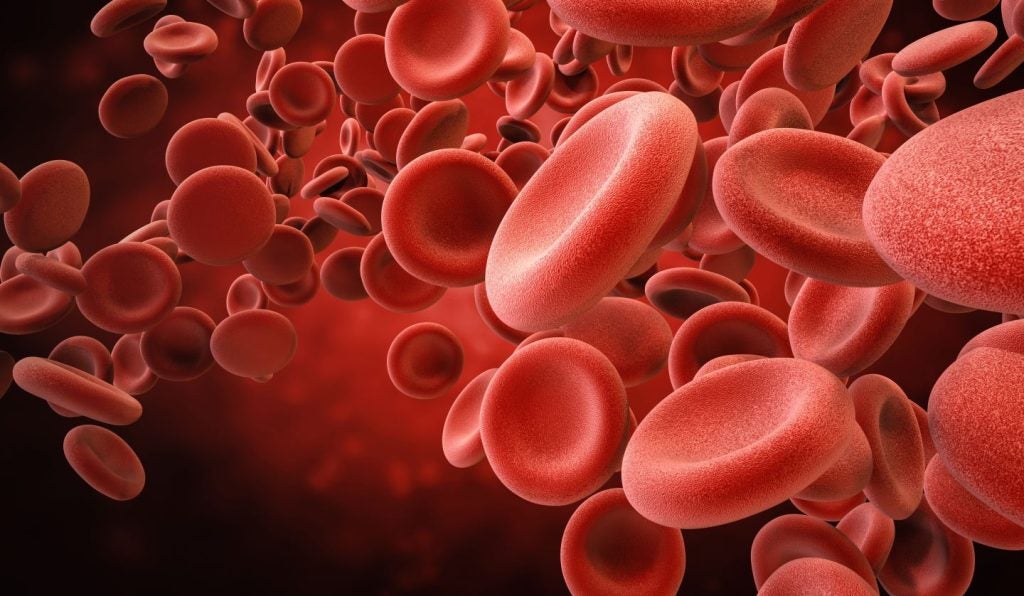Unavailability of safer anti-arrhythmic drugs is expected to be major issue in the atrial fibrillation market, according to a new report from GlobalData.
Titled ‘PharmaPoint: Atrial Fibrillation – Global Drug Forecast and Market Analysis to 2025‘, the report states that the existing drugs targeting the restoration and maintenance of sinus rhythm have low safety and efficacy.
The most popular generic anti-arrhythmic drug, amiodarone, for example, is effective in heart rhythm control but has a number of side effects including proarrhythmia, along with thyroid, liver, skin, and pulmonary complications.
The unmet need for safer antiarrhythmic drugs is compounded by the low level of drug development activity in the atrial fibrillation market. There are currently no new drugs in late-stage development, according to GlobaData’s Senior Analyst, Jesus Cuaron, Ph.D, PPM.
The development of two promising drugs, namely Gilead’s fixed-dose combination of ranolazine / dronedarone and Laguna Pharmaceuticals’ vanoxerine, was recently discontinued.
How well do you really know your competitors?
Access the most comprehensive Company Profiles on the market, powered by GlobalData. Save hours of research. Gain competitive edge.

Thank you!
Your download email will arrive shortly
Not ready to buy yet? Download a free sample
We are confident about the unique quality of our Company Profiles. However, we want you to make the most beneficial decision for your business, so we offer a free sample that you can download by submitting the below form
By GlobalDataJust three drugs in Phase II and one drug in Phase I are currently in development, a major reason for this being the high risk of drug development, Jesus Cuaron opines. Large and costly clinical trials need to be undertaken to establish the safety and efficacy of an anti-arrhythmic drug.
Furthermore, anti-arrhythmic market is dominated by genericised drugs with more expected to be added in the future, which will lead to a rapid decline in market value from 2022, the report adds.
Anti-arrhythmic drugs are also expected to face difficulties in securing reimbursement and addition to hospital formularies due to cost constraints faced by national health authorities and the availability of cheaper generic alternatives.
Future drug development in the atrial fibrillation market is expected to move towards the use of procedural technologies, such as catheter ablation, for rhythm control.







